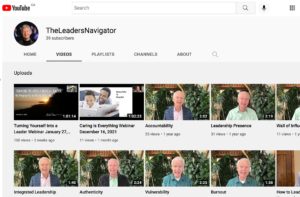Dealing With Gossip – The Authentic Way
We’ve all been there. Criticizing someone who isn’t in the room. Badmouthing a colleague. Condemning our boss.
It’s called gossiping and means we disrespect a person in their absence.
What I’ve learned about gossip:
- It’s a defense against having the courage to be direct. It’s easier to deal with our anger towards someone by talking poorly about them when they aren’t present.
- It’s addictive. You can get a high from self-righteousness, especially when you get someone to listen to you.
- It erodes trust. Suppose we criticize our supervisor in a way we wouldn’t dare if they were present. What happens if we have a falling out and you see me speaking with that same supervisor?
- It eats away at your integrity. Being one way with one person and another way with another exposes dishonesty and insecurity and leads to disrespect.
Authenticity, when it comes to gossip, requires three decisions:
a) Decide you will be loyal in people’s absence. It will earn you self-respect, respect of your comrades, and will foster trust. If you want to retain those who are present, be loyal to those who are absent.
b) Decide to be direct with the person you are frustrated with or let it go because it’s not the right thing at the moment to bring it up directly with them.
c) Decide that self-respect that comes from integrity is more worthwhile than the superficial approval from preying on another person’s weaknesses.
When a person starts gossiping to you:
i) Empathize with their feelings, but tell them you don’t participate in gossip.
ii) Bring all the parties together (if you have a role to do so) to deal with the issue directly.
iii) Talk about positive things about the person in their absence.
iv) Apologize when you forget all this and get sucked back into the comfort and ease of gossip rather than the courage of your convictions.
v) Remember that all these principles and practices apply to personal and family relationships as much as they apply to relationships in the workplace.


